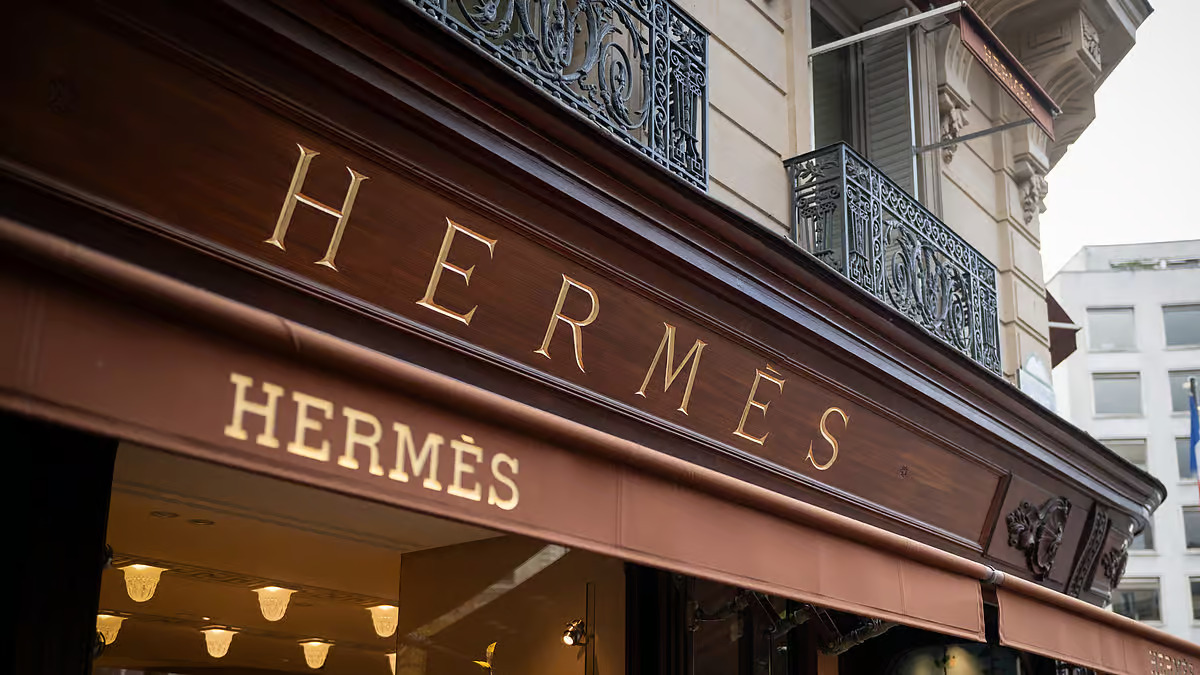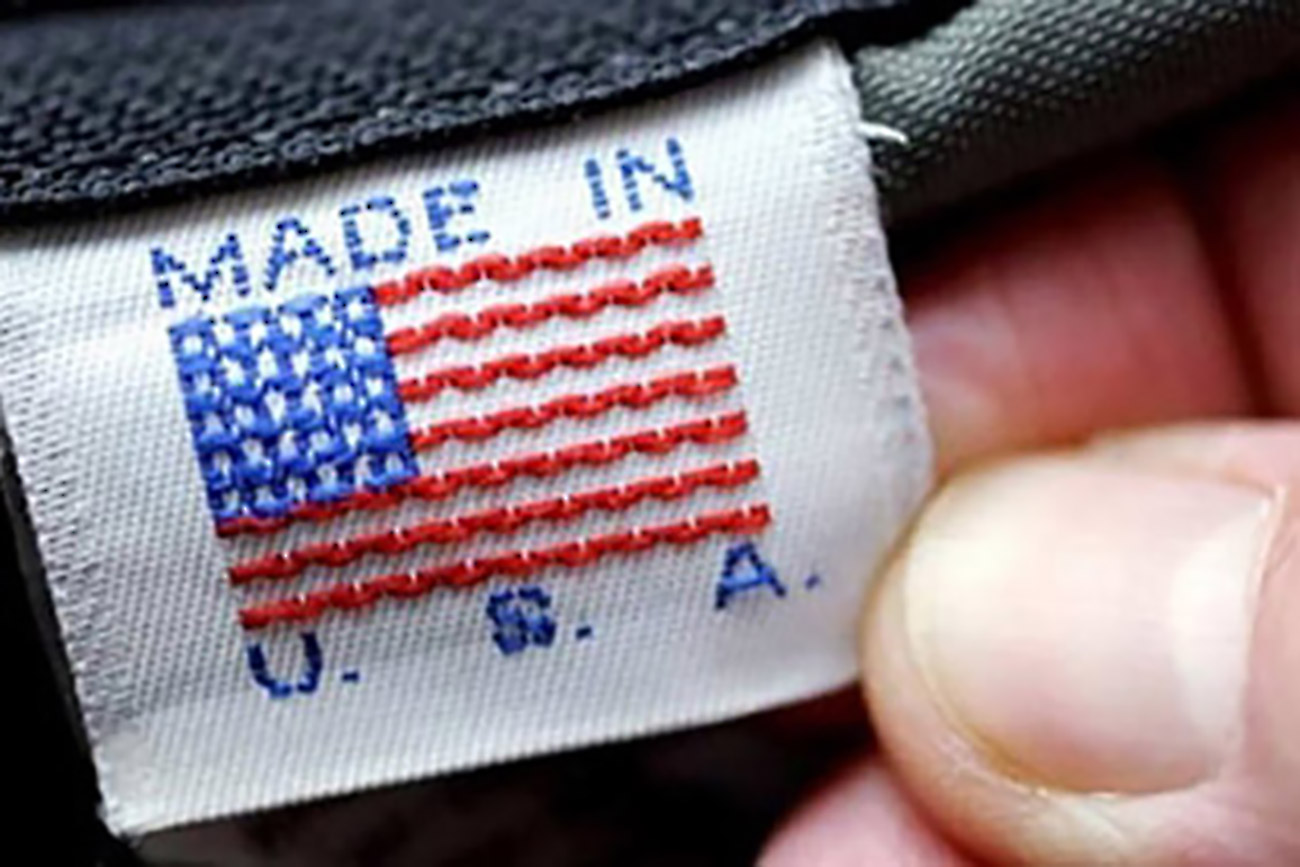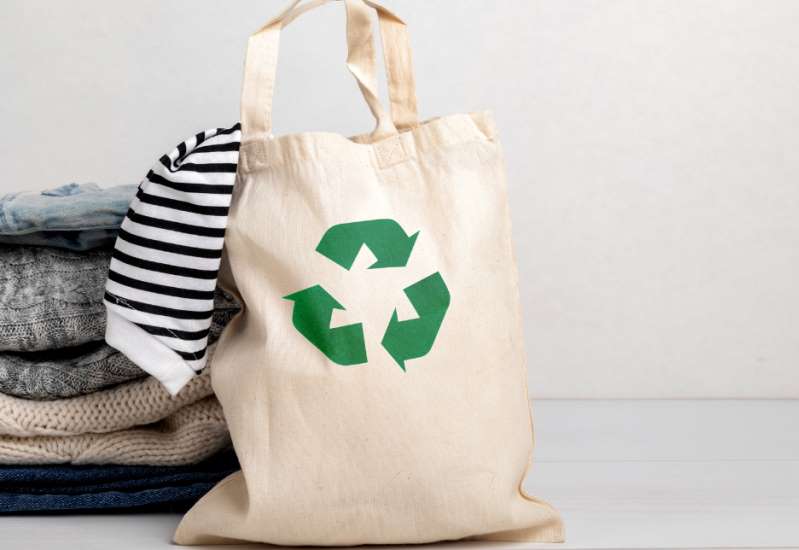FW
FESPA Africa and Sign Africa 2016 will take place from 7-9 September at Gallagher Convention Centre, will feature educational content and a variety of exhibitors showcasing the latest industry trends and new products geared at helping visitors expand their businesses.
The event attracts a high quality audience who want to take advantage of the signage and printing industry growth in Africa.There is an increased focus on Sub-Saharan Africa this year, with FESPA Africa hiring a dedicated marketing person and launching a strategic marketing plan to target this region, such as the FESPA Africa Forums hosted in Nigeria and Kenya.
The objective of the forums is bringing together industry professionals from the digital wide format printing and signage sectors to discuss the future of the market, upcoming trends and new opportunities.
According to the research from Whitehouse & Associates, the printing industry's growth and consumption indicates that the industry in Sub-Saharan Africa has grown extremely quickly over the last decade or so.
The research reveals that global exports to Sub-Saharan Africa of these products stood at R9bn (US$681m) in 2000, when the first ‘green shoots’ of Africa’s economic and political change began to become evident.
FESPA Africa will be co-located with Sign Africa, Africa Print and Africa LED.
According to the data released recently by the International Trade Administration’s Office of Textiles and Apparel, or OTEXA, denim brands and retailers implemented a big shift in sourcing strategy in the first quarter of 2016.
In the first three months of 2016, denim imports from China represented 24.6 percent of the total, down from 24.9 percent a year ago.Imports from Mexico suffered an even bigger fall, dropping from 30 percent of total U.S. denim imports in the first quarter of 2015 to 26.7 percent in 2016.
Meanwhile, Bangladesh and Pakistan each gained 100 basis points of share, to become the number 3 and 4 suppliers of denim jeans to the U.S. market. This is consistent with industry trends showing a shift in denim market share toward the fast fashion retailers that are a favorite of younger consumers.
Total U.S. imports of denim jeans fell by 4.3 percent to $674.6 million in the first quarter. Units declined 3.5 percent to 85 million, resulting in a drop of 0.8 percent in the average cost of a pair of imported jeans.
Men’s and boy’s jeans suffered the biggest drop, with the dollar value of imports down 7.8 percent to $351.6 million.Women’s and girls’ jeans imports were virtually flat at $323 million in the quarter.
Vardhman Textiles, major integrated textile producer in India, reported consolidated net profit of Rs. 159.44 crore for the quarter ended March 31, 2016, registering growth of 45.91 per cent y-o-y and 7.77 per cent q-o-q. The company’s consolidated revenue stood at Rs. 1,702.68 crore, down 0.75 per cent y-o-y and 1.03 per cent q-o-q.
The company’s consolidated core operating profit of Rs. 382.37 crore for the quarter, clocked growth of 8.57 per cent y-o-y and 8.96 per cent q-o-q. Operating profit margin for the current quarter at 22.46 per cent expanded by 193 bps y-o-y and 206 bps q-o-q.
The company reported consolidated net profit of Rs. 578.65 crore, growing by 44.59 per cent y-o-y for the year ended March 31, 2016. Its consolidated revenue for the period stood at Rs. 6,723.27 crore, registering decline of 3.29 per cent y-o-y.
Meanwhile, Vardhman Textiles' core operating profit stood at Rs. 1,401.81 crore, recording growth of 9.17 per cent y-o-y. Operating margin for the current period at 21.17 per cent expanded by 458 bps y-o-y.
On standalone basis, Vardhman Textiles Ltd, reported a net profit of Rs. 217.49 crore for the quarter ended March 31, 2016, registering growth of 141.12 per cent y-o-y and 69.5 per cent q-o-q. The company’s standalone revenue stood at Rs. 1,435.40 crore, down 0.92 per cent y-o-y and 0.65 per cent q-o-q.
Pakistan’s textile industry has identified serious distortions in the electricity tariff resulting in the build-up of billions of rupees per month of unpaid refunds, making the industry unsustainable.
In a letter to the National Electric Power Regulatory Authority (NEPRA), the All-Pakistan Textile Mills Association (APTMA) has pointed out that the existing scheme of power tariff was not only creating problems for consumers, particularly the industry, but also the distribution companies.
The association said the regulator had adopted furnace oil price at Rs65,769 per tonne for reference tariff for fiscal year 2014-15 instead of actual price of Rs56,000 per tonne prevailing at the time when the determination was issued.
Given the fact that NEPRA was obligated to order monthly adjustments on the basis of fuel costs, Rs3-4 per unit per month adjustment has been allowed since July 2015. Sadly, the fuel price adjustment was being passed on to consumers with a lag of two to three months, it said.
This meant that distribution companies were firstly receiving billions of rupees over and above their actual cost of service in the shape of extra amount billed and collected from customers each month and returned to relevant customers subsequently.
Levi's is currently in the middle of a pitch process and the campaign is slated for 2017. The company is looking to make the ‘biggest denim brand in the world’ feel local with the first Australian brand campaign in nearly a decade.
The campaign will be the first piece of work not spun out of Levi's' head office in San Francisco in that time.
According to Levi's Australia marketing manager Nicky Rowsell, the reason for the localised campaign is that it will be focused on an Australia and New Zealand specific product.
She says the campaign will not only continue the global platform ‘Live in Levi's’ but will build on the strain of work, namely grass-roots initiatives, she has undertaken since joining the business more than two years ago.
In the past, Levi's has done a number of partnerships in the music space, signing on as sponsor of BluesFest this year. In the past, it sponsored other festivals including Splendour in the Grass and Melbourne Music Week. Levi's has also partnered with a lot of niche festivals in the tattoo and motorcycle communities.
DyStar Global Holdings (Singapore) Pte. Ltd., through its US subsidiary, DyStar LP has entered into an agreement to acquire five specialty chemical units (the Specialties, Polymer Additives, and Nitriles business groups) from Emerald Performance Materials LLC. The latter is a US company and leading manufacturer and marketer of specialty chemicals for consumer and industrial markets, that is majority owned by affiliates of American Securities LLC.).
DyStar LP, in a separate transaction will sell the Polymer Additives and Nitriles businesses to Jiangsu Sinorgchem Technology Co., Ltd., a subsidiary of Sinochem Group, a state- owned Chinese company with core businesses in the energy, agriculture, chemicals, real estate and financial service.Upon completion of the dual transactions, DyStar LP will retain the specialties businesses, which adds three new manufacturing sites to DyStar’s US business platform.
The acquisition adds a broad product portfolio that services many multi-national consumer goods brands to DyStar’s global product line which services multi-national retail brands.
Due to rise in domestic prices which have made the natural fiber uncompetitive in the global market, India’s cotton export is expected to drop by over 10 per cent to 6 million bales in current year ending September. The country had exported 6.7 million bales (of 150 kg each) in the 2014-15 marketing year (October-September). Major export destinations include Bangladesh, Pakistan and Vietnam.
According to Cotton Corporation of India (CCI) Chairman and Managing Director B K Mishra, so far, the country has exported 5 million bales. No further exports are taking place now because global prices are cooling and domestic prices are on the rise. Total cotton exports would be around 6 million bales in 2015-16.
The domestic prices have increased by Rs 1,000 per candy in the last few days to Rs 34,000-35,000 per candy. The rising price trend will continue for some time till the new crop comes from October, said Mishra.
Mishra added that the rates have gone up due to estimates of fall in domestic cotton production to 35.3 million bales in 2015-16 from 38 million bales in the previous year due to drought. Consequently, traders are not exporting cotton as they are not getting good margins in the global market and see better prospects in the domestic market, he said.
Much of the Indian cotton has been exported to Pakistan, which stood at 2 million bales so far this year, he observed. The CCI, which buys cotton from farmers when rates go below the support prices, said it has procured 8,40,000 bales so far this year.
According to industry sources, at least 218 western apparel companies have stopped buying cloths from about 103 Bangladesh garment factories after they failed to initiate workplace safety codes suggested by the Accord and Alliance.
Among the factories, 23 were supplying apparels to European fashion brands and 80 to North American buyers and retailers which are belonging to the Accord and Alliance.Terming the decision a 'harsh' one, industry leaders said that the move has forced the factories to wrap up production leading to jobless hundreds of workers.
The Accord and Alliance supported by European clothing brands and North American retail chains has been launching a joint effort to improve workplace safety in Bangladesh garment industries in the aftermath of the Rana Plaza factory collapse on April 24 in 2013 that killed more than 1,100 people.
Responding to the development, said Faruque Hassan, Senior Vice-President of the Bangladesh Garment Manufacturers and Exporters Association (BGMEA) that it is a worrying development when the local industry has initiated a major safety overhaul as per the suggestions from the global buyers. He said, most of the export-oriented apparel factories inspected by the inspectors from the Accord and Alliance have already initiated the task of workplace safety and rest of the factories will go with them soon.
Tunisia, the fifth-largest apparel supplier to Europe and the number two supplier for the French market, according to Tunisia's Foreign Investment Promotion Agency with textile and apparel exports totaled TD6.5bn (€2.9bn) in 2014 is now looking for talks on a new deal with the EU, its biggest trading partner, to pave the way for improved access to European markets. Opportunities to boost trade with Pakistan are also showing signs of promise as impact of global economic situation weighing on trading volumes.
Tunisia launched negotiations with the EU in last October with a view to securing a Deep and Comprehensive Free Trade Area (DCFTA) that has been in consideration since 2011.
The country has benefitted from a raft of association agreements since the late 1990s that have given the country tariff-free access to several EU markets, together with financial and technical assistance. However, the DCFTA is expected to offer far greater opportunities to improve trade flows by reducing tariffs on key Tunisian exports, such as agricultural products.
According to the European Commission, the EU is Tunisia's largest trading partner by far, accounting for 80 per cent of the country's imports and exports. Bilateral trade was valued at approximately €20bn in 2014.
Bangladesh’s textile industries, especially the spinning mills are facing stiff competition in marketing their produce as cotton yarns from the neighbouring India are making inroads into the country.
According to industry sources, a large quantity of Indian yarns is being imported in the country in both formal and informal ways and being sold at low prices pushing the country's spinning mills in a state of downfall.
To save the local industries from the unhealthy competition of rising import of yarn from India, Bangladesh Textile Mills Association (BTMA) urged the Commissioner of Customs, Benapole to strengthen their surveillance to check surplus and unauthorised entry of Indian yarn into the country.
According to industry insiders, everyday a large quantity of Indian yarn of various counts is entering into the country under the disguise of a very nominal amount of sanctioned imports. Excess amount of yarns and yarns of higher counts are being imported into the country with false declaration, said the memo of the BTMA sent to the commissioner.
As per BTMA, most of the spinning mills have been incurring big losses due to unabated import of Indian yarns through Benapole land port and many of them are on the verge of closure as their produce has remained unsold. Many of the mills have also reduced their production.












